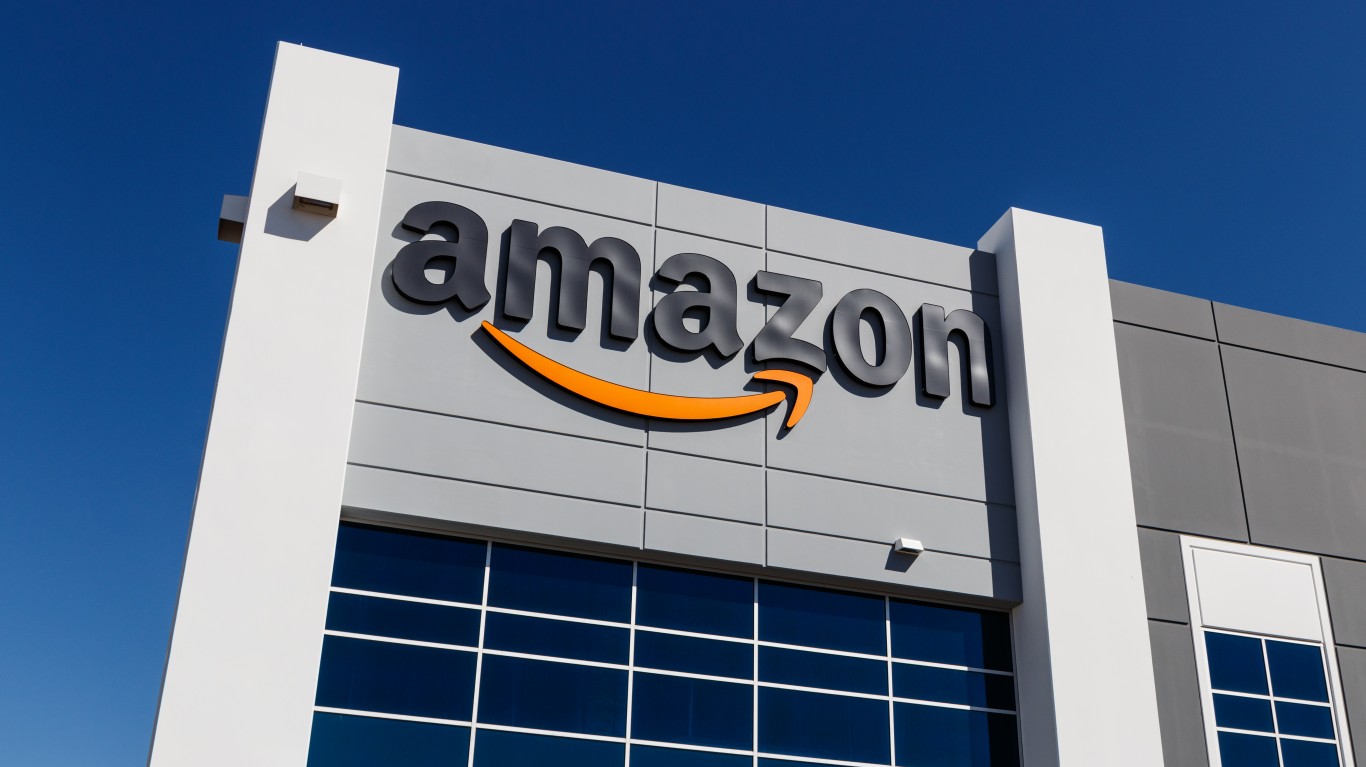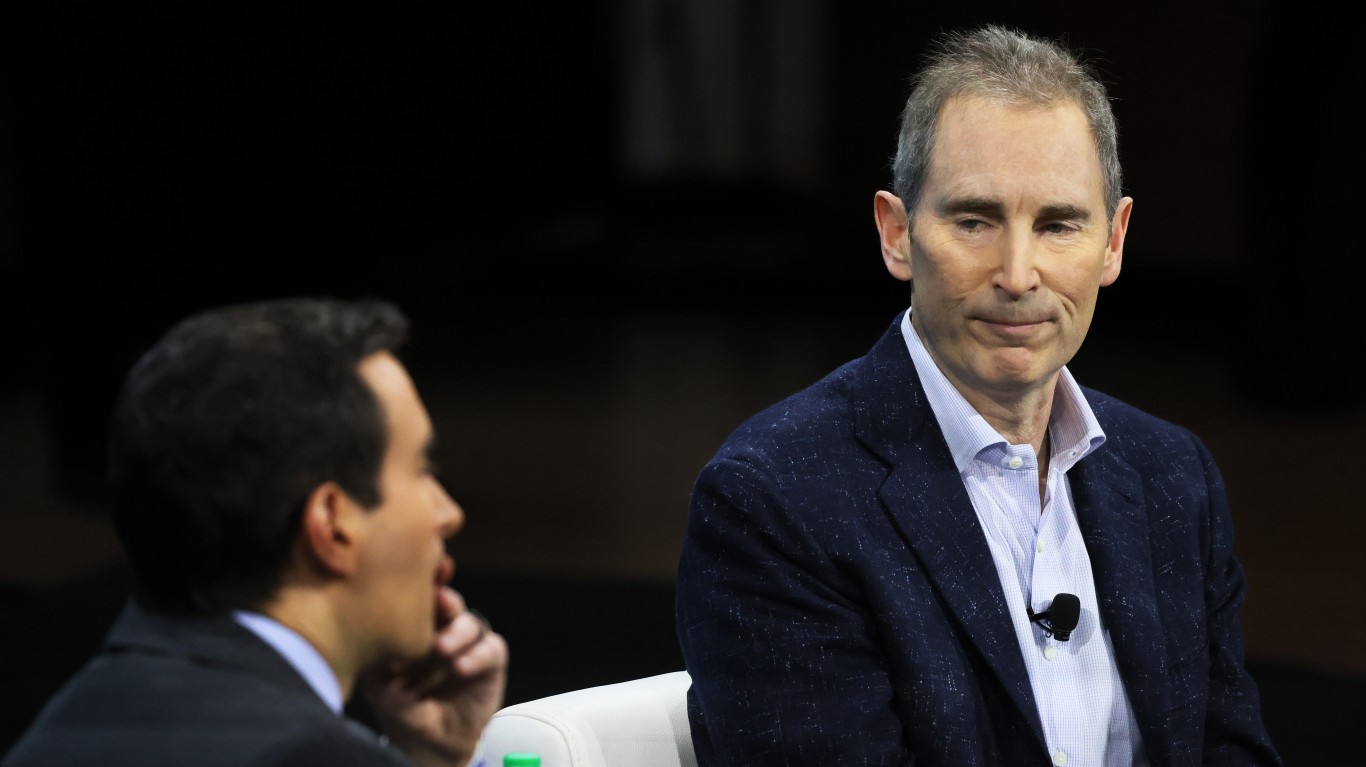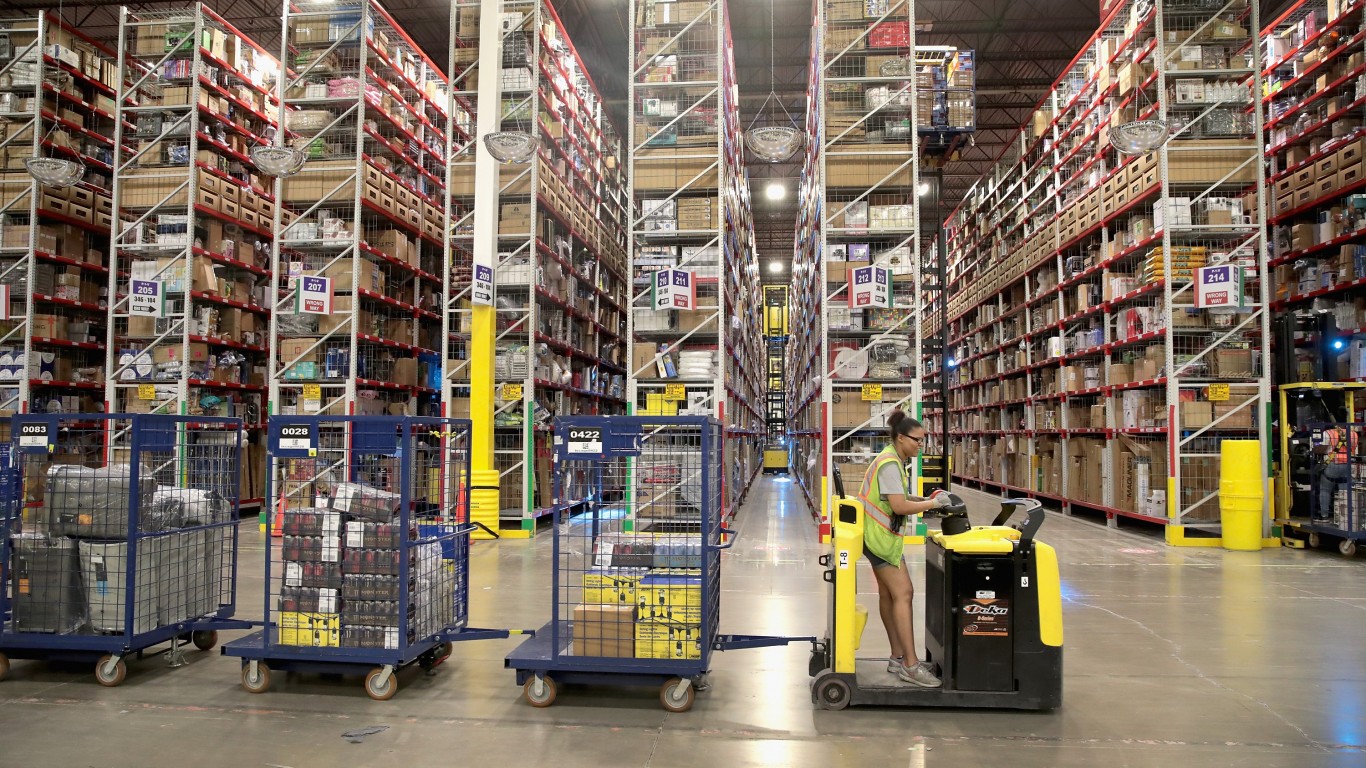Investing
Amazon (AMZN) Stock Price Prediction in 2030: Bull, Bear & Baselineline Forecasts

Published:
Last Updated:

Amazon (NASDAQ:AMZN) has been one of the stock market’s biggest success stories ever. The company had its IPO in May 1997 and traded for an astonishingly low-split adjusted price of just 7 cents per share.
Since then, the stock has gained over 236,000% as it has grown into the lynchpin of e-commerce. Since its inception, Amazon has become a mainstay in the Magnificent Seven and now commands the fourth-largest market cap of any publicly traded company.
However, for investors, the only thing that matters now is what the stock does from this point forward. Let’s crunch the numbers on a 2030 price prediction for Amazon. Of course, no one has a crystal ball. But based on the macroeconomic environment, industry trends, Amazon’s growth metrics and other factors such as price-to-earnings (P/E) ratios, 24/7 Wall St. is able to make cases for bulls, bears, and a baseline.

From 2014 to 2024, shares of Amazon surged by more than 1,025%, from $19.94 to $223.75. A considerable amount of that gain came between March 2020 — and unsurprisingly the arrival of the COVID-19 pandemic — and last year. From March 13, 2020, through the end of December 2024, AMZN climbed from $89.25 per share to $134.5, good for a gain of 150.70%, as the company became the focal point of sourcing materials during lockdowns.
Over the past decade, revenue increased from $89 billion to $638 billion, good for an astounding increase of more than 616%. At the same time, net income (aka profit) grew from -$0.241 billion to $59.2 billion, which translates to an incredible gain of 24,664.3%.
The ride up wasn’t always smooth, though. All those COVID-19 era sales being “pulled forward” led to challenges in 2022 and the company swung to a surprise loss. As Amazon embarks into the back half of the decade, a few different key areas will determine its performance.


24/7 Wall St. estimates that Amazon’s stock price in 2030 will be $430.50 in our bull case, $77 in our bear case, and $250 for our baseline case. Each of these estimates comes from specific scenario analysis into their e-commerce, cloud computing, and advertising businesses.
Our bull case for Amazon assumes they continue to top Wall Street projections for the following reasons:
Add all these numbers up and take out some amount for “new bets” the company will surely be investing in, and we’re left with about $150 billion in operating profits. Today, the company trades for about 50X operating profit, which we’ll take down to 35 as the company matures (but continues showing strong growth). In our bull case analysis Amazon is worth $5.25 trillion in 2030, or about $430.50 per share.
Our bear case scenario for Amazon is based on the following reasons:
In this scenario, 24/7 Wall St. still sees Amazon growing its net income to beyond 2024’s $59.2 billion, which is a healthy increase from 2023. However, frustrated shareholders won’t be willing to pay the elevated P/E ratio at which Amazon trades (38.53 PE in Q1 2024). Instead, we apply a 20x P/E that better reflects Amazon in a low-growth state. Thus, in our bear case scenario, Amazon trades for just $77 per share in 2030.
Our baseline case for Amazon’s share price is much simpler. In this scenario, we simply look at Wall Street forecasts. Analysts see the company’s revenue rising from $710 billion in 2025 to $1.153 trillion by the end of 2030. Additionally, net income is projected to grow from $48.9 billion to $110.7 billion over the same time frame.
Long-term Wall Street forecasts generally overshoot, so assuming 2030 net income comes in at $100 billion, AWS likely sees its growth slowed — but still expands by around a 10% CAGR — the company doesn’t see as much profit from e-commerce as with our bull scenario and advertising also slows in the years to come. In this scenario, 24/7 Wall St. estimates Amazon’s P/E ratio would fall to about 26. This gives Amazon a baseline case share price of about $250.
Are you ahead, or behind on retirement? For families with more than $500,000 saved for retirement, finding a financial advisor who puts your interest first can be the difference, and today it’s easier than ever. SmartAsset’s free tool matches you with up to three fiduciary financial advisors who serve your area in minutes. Each advisor has been carefully vetted and must act in your best interests. Start your search now.
If you’ve saved and built a substantial nest egg for you and your family, don’t delay; get started right here and help your retirement dreams become a retirement reality.
Thank you for reading! Have some feedback for us?
Contact the 24/7 Wall St. editorial team.